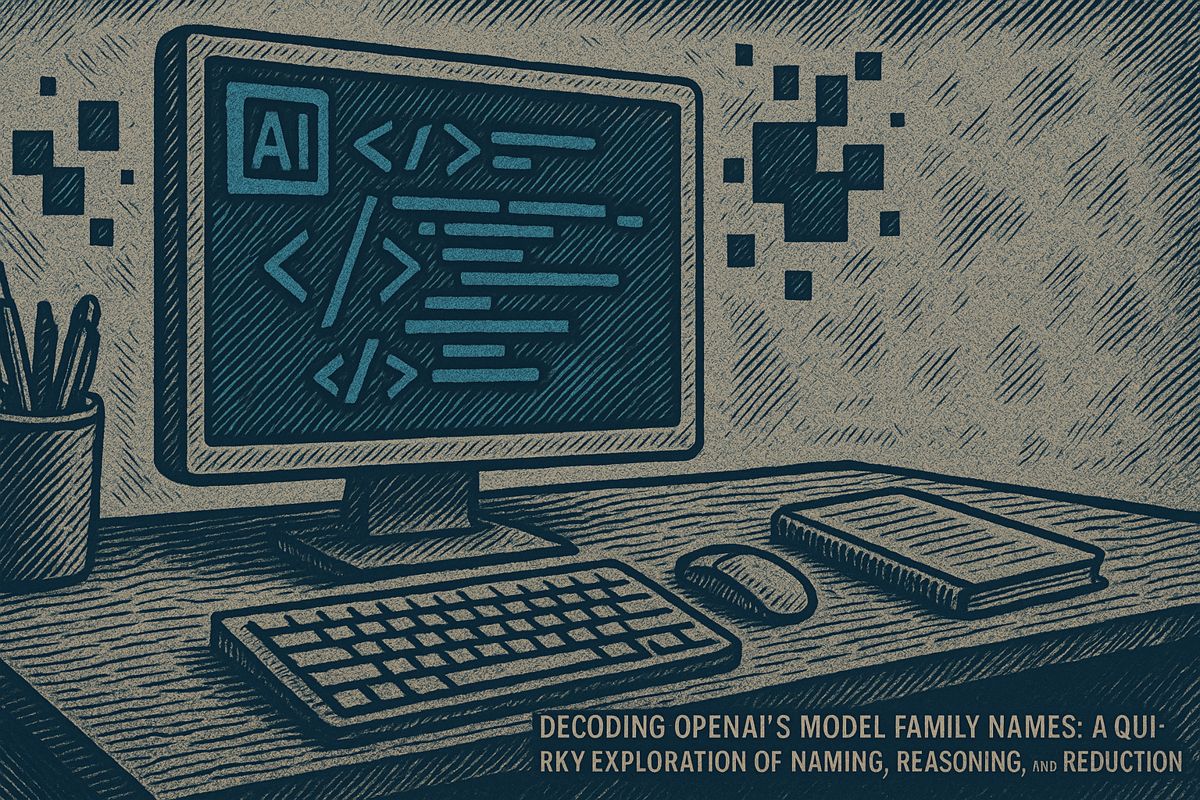xAI, led by Elon Musk, has secured $12 billion in debt to double its Colossus supercomputer in Memphis, making it the world’s largest AI training cluster with 750,000 cutting-edge chips. This expansion positions xAI significantly ahead in the AI race and represents Memphis’s largest industrial investment. The new facility will demand substantial electricity and water, creating hundreds of jobs, and underscores the critical role of massive computer clusters for AI leadership, prompting other tech giants to accelerate their efforts.
What is xAI’s Colossus expansion and why is it significant?
xAI has secured $12 billion in debt to expand its Colossus supercomputer in Memphis, making it the world’s largest AI training cluster with over 750,000 next-generation GPUs. This move cements xAI’s dominance in AI infrastructure and significantly widens the global compute gap.
Elon Musk’s xAI has locked in $12 billion in fresh debt financing to double the footprint of the Colossus supercomputer project in Memphis, Tennessee, according to filings first reported by Data Center Dynamics. The expansion, dubbed Colossus 2, pushes the combined cluster past 200,000 H100-equivalents and is on track to reach 750,000 next-generation GB200/GB300 units within weeks, maintaining xAI’s lead as the world’s largest single-owner AI training installation.
Rankings snapshot (Epoch AI, August 2025)
| Rank | System | Owner (HQ) | GPUs (FP8 H100-equiv.) | Notes |
|---|---|---|---|---|
| 1 | Colossus Memphis Ph. 1+2* | xAI (USA) | ~750k* | GB200s & GB300s arriving now |
| 2 | Frontier-2* | AWS-OAI (USA) | ~110k | H100 clusters across 3 regions |
| 3 | Isambard-AI* | UKRI (UK) | 83 k | H100 + MI300X mix |
| 4 | Jupiter* | DeepMind (UK) | 80 k | TPU v5p slice |
| 5 | Andromeda* | Meta (USA) | 71 k | H100 + A100 blend |
*figures are rounded estimates published by Epoch AI 2025
The gap between xAI and the rest of the global field has widened dramatically. Colossus 1 alone already delivers double the raw floating-point throughput of any other single project, and the second-facility ramp is expected to triple xAI’s lead before year-end.
What is inside Colossus?
- 230,000 GPUs operational today:
- 200,000 H100 SXM modules
- 30,000 Nvidia GB200 Grace-Blackwell blades for Grok-4 pre-training
- Cooling : Closed-loop water-to-refrigerant racks; daily water draw exceeds 5 million gallons, pushing Memphis utilities to fast-track a recycled-water pilot plant.
- Power : Temporary gas turbines (up to 150 MW) are being replaced by a dedicated 600 MW combined-cycle plant south of the city, acquired outright by xAI to guarantee 24/7 uptime.
Memphis impact at a glance
| Metric | Current | Projected (end-2025) |
|---|---|---|
| Peak electrical load | ~200 MW | ~800 MW |
| Direct jobs | 300 | 800+ |
| Daily water use | 5 M gal | 10 M gal (offset by recycling) |
| Property-tax abatements | $0.5 B | $1.2 B approved |
Local officials told the Greater Memphis Chamber the data-center build-out is the single largest industrial investment in the city’s history, outweighing the 2019 Ford Blue Oval battery campus.
The bigger picture
The H100-equivalent yardstick has become the de-facto benchmark for comparing AI clusters, yet Nvidia’s next chips are already altering math. One *GB200 * delivers roughly 2.5× the FP8 performance of an H100 while cutting energy per token by 30 %. As shipments of GB300s ramp during Q4 2025, xAI is effectively future-proofing its lead while other labs scramble for allocation slots.
Meanwhile, every major hyperscaler is pivoting toward custom silicon: Google’s TPU v6, Meta’s MTIA-3, and Amazon’s Trainium-2 are all entering volume production, tightening an already supply-constrained market. The result is an unmistakable winner-takes-most dynamic: the top five clusters in Epoch AI’s dataset now command 48 % of all publicly disclosed AI compute, up from 38 % just twelve months ago.
For readers tracking practical implications, the Memphis cluster’s trajectory signals that raw GPU count will keep outpacing algorithmic efficiency gains over the next training round, making access to large-scale infrastructure the most tangible moat separating frontier models from the rest.
How will the $12 billion debt financing accelerate xAI’s infrastructure build-out?
The fresh $12 billion credit line is earmarked exclusively for the Colossus 2 Memphis expansion, allowing xAI to add 550,000 Nvidia GB200 and GB300 GPUs on stream by August-September 2025. With these funds already ring-fenced, the company can place firm orders for the newest chips, lock in power-plant conversions, and fast-track construction without waiting for the next equity round.
What makes Colossus the world’s most powerful AI cluster today – and how much bigger will it get?
Colossus 1 already hosts 230,000 GPUs – roughly double the raw compute of the next-closest publicly known cluster – and is scaling to 1 million GPUs in successive phases. When Colossus 2 joins the grid, the combined complex is expected to deliver well over 2× today’s top-ranked system, cementing xAI’s lead in training frontier models like the upcoming Grok 4.
How is Memphis’ energy grid coping with the new demand?
The Greater Memphis Chamber confirms that the project could ultimately draw up to one-third of the city’s peak electricity load. To secure supply, xAI has purchased a decommissioned natural-gas plant in Southaven, Tennessee – a move that bypasses lengthy utility upgrades and gives the company on-site, dispatchable power for initial 2025-2026 operations.
Are there any visible economic spill-overs for the Memphis region?
Local authorities cite the creation of 300 high-skill jobs at the facility itself, plus an emerging data-center supply-chain cluster that has already attracted two additional co-location providers. Regional GDP impact estimates from the Chamber place the multi-year benefit above $1 billion, driven by construction, operations, and downstream AI services.
Is xAI alone in building proprietary AI chips?
No – the wider industry is in a custom-silicon arms race. Google, Amazon, Microsoft and Meta are all ramping in-house accelerators, while overall semiconductor revenue is projected to hit $705 billion in 2025, up from $626 billion last year. xAI’s reported work on its own chips aligns it with this broader trend, positioning the company to reduce reliance on Nvidia pricing cycles and optimize architecture for its specific Grok training stack.



















